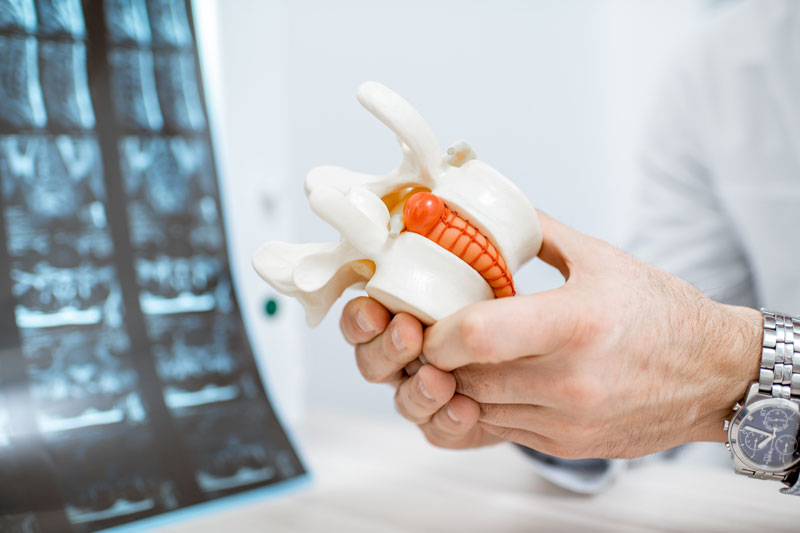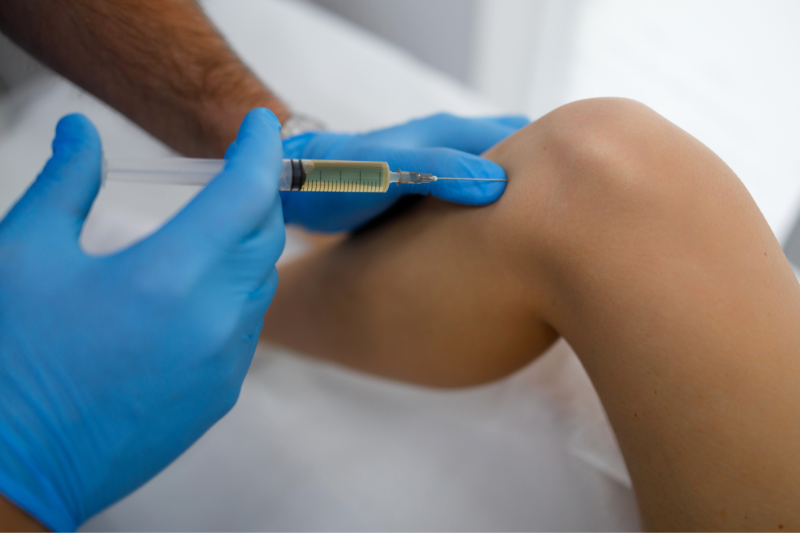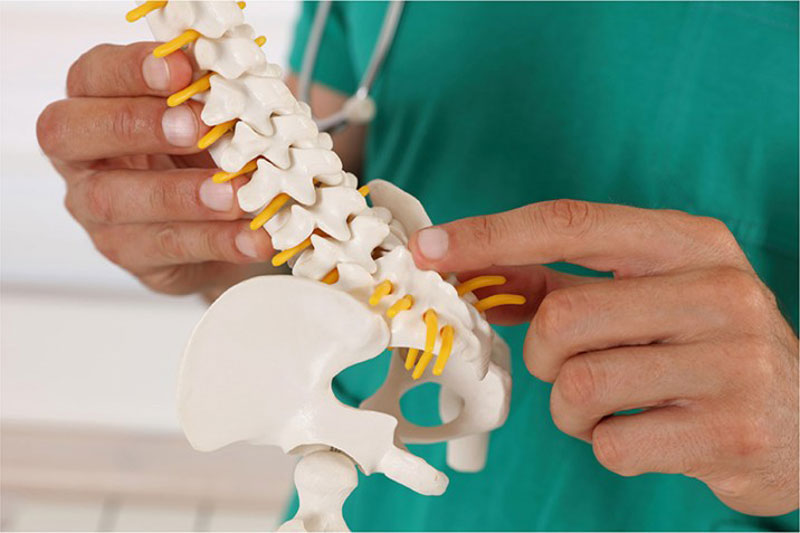What is a Facet Joint Injection?
If you have back or neck pain and are tired of trying over-the-counter or prescription pain relievers, consult your doctor about facet joint injections. Facet joint injections are a potent mix of steroids and anesthetic drugs. Both can reduce inflammation and pain. Facet injections are administered directly to the facet joints in the spine that lie at the top and bottom of each vertebra.
They allow the spine to twist and bend. Facet joints, including knees and hips, have cartilage between the bones and a fluid-filled capsule to allow for smooth movement. Facet joints, when injured, cause pain in the neck or back. Facet Syndrome is the medical term for this illness.
It can happen due to an accident, overuse, or an inflammatory condition. A facet joint injection is a procedure that involves injecting pain-relieving and anti-inflammatory drugs into your facet joints to relieve pain. Many people report feeling better for months after receiving a facet injection. The procedure is painless and has a low risk of side effects.
Why is a Facet Joint Injection Performed?
Conditions Treated With Facet Joint Injection:
Facet joint injections can treat conditions where steroids are necessary to reduce inflammation. They may also contain lidocaine or other analgesics.
If your pain does not respond to conservative treatments such as physical therapy or lowering your activity levels for at least three months, your doctor may recommend these injections.
Facet joint pain can be due to several factors, including:
- Joint impingement (excessive pressure)
- Inflammation of the joint lining
- Osteoarthritis
- Joint instability
- Traumatic injury
- Facet joint injections can help in the diagnosis of facet joint pain. A favorable response to the injections indicates that the facet joint is the source of the pain.
Pain Management:
Facet joint injections are non-surgical, safe procedures that can provide long-term relief from pain. The results vary from patient to patient but can provide pain relief for several months.
The patient will relay any immediate pain alleviation, as well as any queries or concerns, with the doctor. Patients may have a temporary increase in pain that lasts several days when the numbing medication wears off and before the cortisol starts affecting them.
While medication works to alleviate pain by blocking pain signals, facet joint injections reduce inflammation, which affects the degree of pain you experience. Patients have reported pain alleviation for months, which is longer than any oral drug. As a result, patients can take fewer prescription drugs and enjoy life without pain for a long time.
How is a Facet Joint Injection Performed?
A facet joint injection is a simple procedure. Facet injections are best performed with fluoroscopy (live X-ray) for guidance to accurately target and position the needle (and to help avoid nerve injury or other injuries). The procedure is done without sedation.
The patient lies on a procedure table, and the skin surrounding the area is cleaned. The doctor applies numbing medication (anesthetic) to a small area of skin that may sting for a few seconds. A small needle is guided into the facet joint using X-ray guidance (fluoroscopy). The doctor will insert the needle into the joint and contrast dye to check that the needle is in the joint and that the drug has reached the joint. After this is confirmed, an anesthetic (such as lidocaine) and anti-inflammatory medication (steroid/cortisone) is injected into the joint. Although the injection only takes a few minutes, the total procedure takes between fifteen and thirty minutes.
As the local anesthetic takes action, you may feel a pinch and a mild burning sensation. However, it should not cause excruciating pain. Because the area will be sedated, the facet joint injection should be painless. You will also feel some pressure around the injection site. You may experience soreness around the injection site for a few days after the pain treatment wears off. If you are in a lot of pain, your doctor may prescribe a pain reliever.
What To Expect After a Facet Joint Injection
Following the treatment, the patient will be asked to perform some motions or activities that would cause discomfort. Depending on whether the joints targeted are the primary source of their pain, patients may or may not get pain relief in the first few hours after the injection. If the targeted joints are not causing the patient’s pain, the injection will not provide rapid relief.
Patients may have numbness, weakness, or strange sensations in their neck or back for a few hours following the injection.
Recommendations for pain treatment following the injection include:
- If the area is uncomfortable for the first two to three days after the injection, cautiously applying ice or a cold compress to the injection site will provide relief from pain.
- After the injection, patients can resume using their regular pain medication.
- Patients can resume their normal activities the next day after the procedure.
- Patients may benefit from physical therapy or manual treatment following the injection while the numbing medication or the cortisone is still active.
- When the pain has subsided, it is OK to resume moderate regular exercise and activities.













